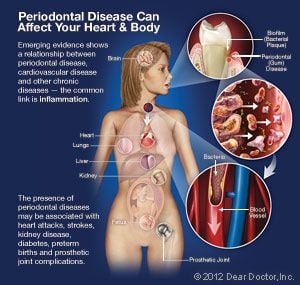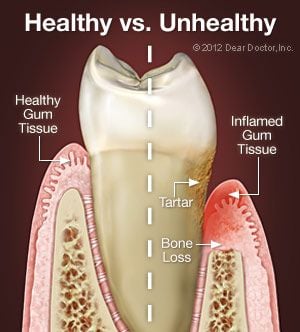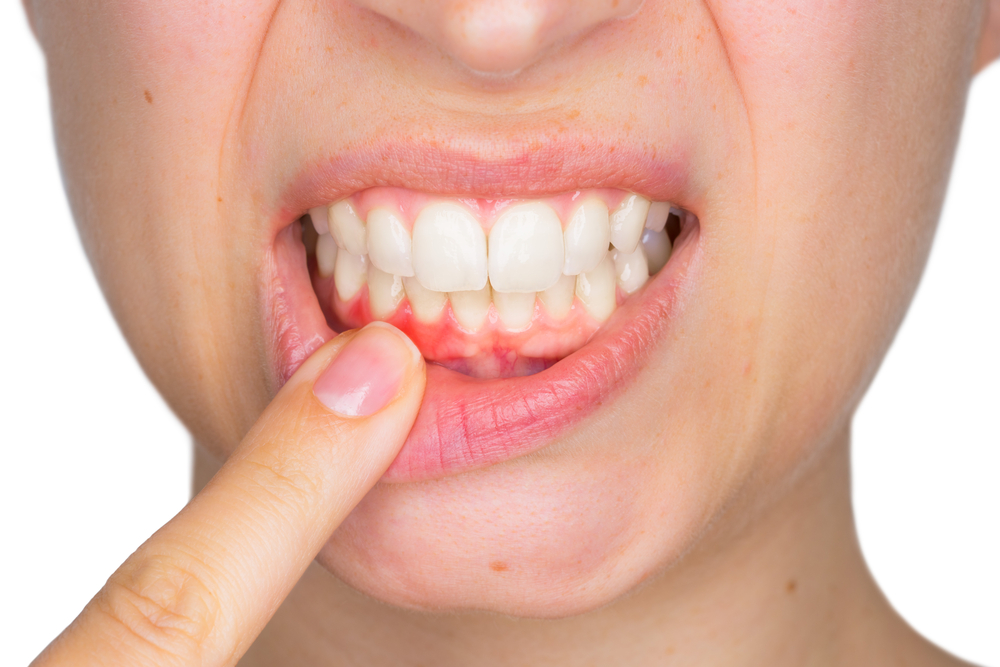We don't know about you, but there is a lot of hesitation about rolling into 2021. There is no doubt that 2020 has been a test and challenge for the entire world. We all learned things about ourselves that, I am confident, we wouldn't have learned any other way.
We are grateful to see for the most part that families have been strengthened by the increased association during the pandemic. We know this is not the case for everyone. We also know millions of lives have been affected by this virus whether it be physically, emotionally, temporally, or spiritually.
So as we bid farewell to 2020, what takeaways do you bring with you? What did you learn about yourself that you want to carry into your future? And what did you learn about yourself that you want to change? That is the beauty of progression. None of us needs to stay where we are in life. Tomorrow is a new day. We have the power to be the change we want to see in the world.
We look forward to associating with you in the coming year. We appreciate your patronage, friendship, and patience with all of the changes. 2021 - we welcome you, and your lessons for each of us.
Photo Source: https://pixabay.com/images/search/2021/































